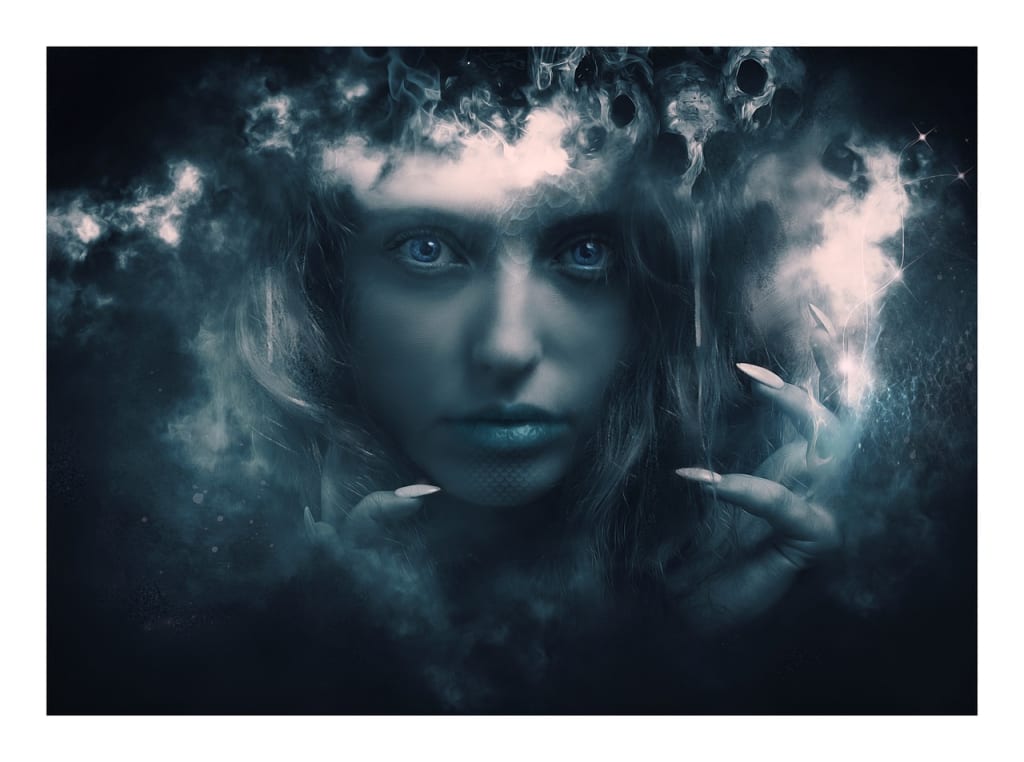IS DEATH TRULY FINAL?
MYSTERY OF THE INEVITABLE

The enigma of death, positioned as the ultimate frontier, remains an inscrutable and metaphysical quandary, a destination universally and inexorably reached by every sentient existence. Notwithstanding our fervent endeavors to tightly grasp and retain possessions, affluence, and even corporeal vessels, death looms as an inevitable and ubiquitous terminus. We grapple incessantly with the profound and enigmatic nature of death, ruminating upon whether it signifies an ultimate cessation or if there exists a realm of existence beyond its impenetrable veil.
Throughout the annals of human history, our species has indefatigably sought elucidation concerning the intricate and elusive enigma of death, endeavoring to explore both traditional and unconventional methodologies in our quest for comprehension. These methodologies encompass the spectrum of human belief systems, ranging from venerable religious doctrines and rituals to the esoteric and often mystifying practices of séances and psychic sessions. Among these unorthodox avenues, one finds the practice known as psychomanteum, a peculiar form of mirrored contemplation and introspection that a select cadre of individuals employs as a means to unlock the profound mysteries shrouding the realm of death. However, I must emphatically underscore that the undertaking of such practices is fraught with risk and is unequivocally not advisable.
Psychomanteum, in contemporary parlance, represents the nomenclature bestowed upon an age-old practice that finds its antecedents in the arcane realm of necromancy, an art that flourished in antiquity, particularly within the hallowed confines of ancient Greece. In that distant epoch, humanity, much akin to its contemporary counterpart, grappled ardently with questions pertaining to life's overarching purpose and the tantalizing possibility of continued existence after the inexorable embrace of death. It was during this era that seekers of truth frequented sacred sanctuaries and enigmatic temples colloquially referred to as necromanteions. Within the sacred precincts of these sanctuaries, elaborate and mystifying rituals unfolded, endeavors that aspired to bridge the seemingly insurmountable chasm that separated the realm of the living from that of the deceased. These rituals often encompassed the solemn act of animal sacrifice and the artful manipulation of polished surfaces, specifically designed to manifest as mirrors. In the dimly lit confines of these ancient hallways, light played a pivotal role as it interacted with the water's surface to produce reflective mirrors. It was firmly believed by many in ancient Greece that these mirrored portals served as conduits through which communion with departed spirits could be attained.
In the contemporary milieu, psychomanteum has experienced a resurgence, an occurrence largely attributable to the pioneering efforts of the venerable philosopher and esteemed psychologist, Dr. Raymond Moody. Dr. Moody, renowned for his indefatigable exploration of near-death experiences (NDEs), has been instrumental in devising a contemporary methodology of mirrored contemplation that is bereft of the sacrificial practices of yore. In this modern iteration, the mirror assumes a role as a medium or conduit for divination, offering individuals the prospect of gleaned insights that are intimate, personal, and remarkably specific in nature.
The mechanics of psychomanteum are intricate and involve meticulous preparatory measures, commencing with dietary considerations. Abstaining from the consumption of caffeine and dairy for a duration extending to at least one day before the intended practice, coupled with a regimen of non-meat sustenance comprising fruits and vegetables, is recommended. The selection of a locale conducive to tranquility, solitude, and a complete disconnect from the external world assumes paramount importance. All earthly possessions, including but not limited to timekeeping devices and adornments, must be eschewed. The aspirant must cultivate a meditative disposition, assuming a relaxed posture and directing their thoughts toward something inherently soothing to evoke heightened awareness.
The psychomanteum experience encompasses elements such as the induction of a trance-like, meditative state and the manifestation of corporeal sensations, including but not limited to a perceivable sense of limb heaviness and tingling in the extremities. The mirror itself, notwithstanding its pivotal presence, remains a passive participant, exerting no active role in the proceedings, save for the potential response to an inquiry preconceived within the recesses of the practitioner's mind.
It is imperative to reiterate that the undertaking of psychomanteum or analogous practices, without the requisite guidance and a profound understanding of their inherent complexities, is not only inadvisable but fraught with perilous consequences. Such explorations, which delve into the nebulous realm that borders life and death, demand circumspection, reverence, and a profound appreciation for the impenetrable mysteries they may unveil.
In our unceasing quest to fathom the enigma of life and its inexorable intertwinement with death, we must acknowledge the profound symbiosis that binds the two. Death, while perpetually shrouded in obscurity, stands as an indispensable facet of our human experience, and our ceaseless quest for comprehension stands as a testament to the indomitable spirit of inquiry and the perpetual yearning for enlightenment that defines our species.





Comments (1)
Ghosts are real! Great work! Amazing job!